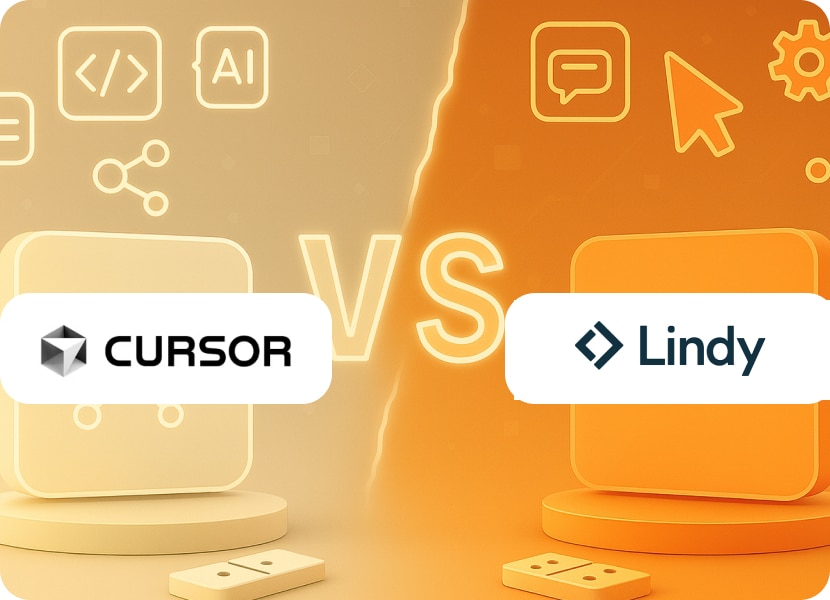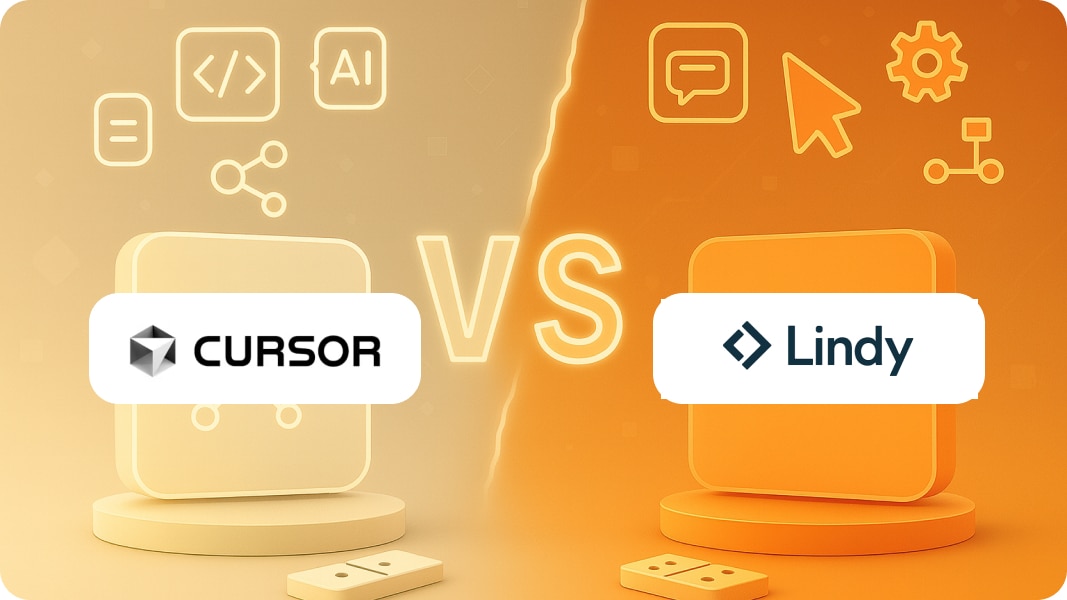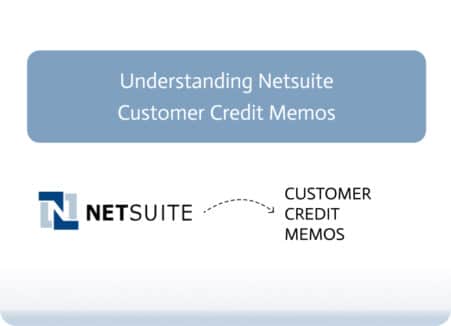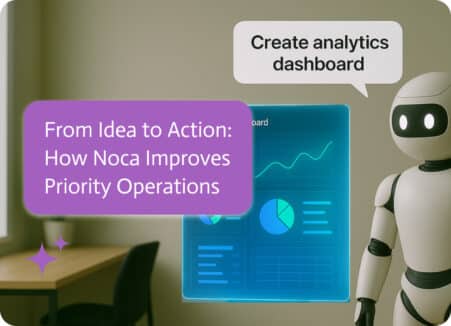

Cursor vs. Lindy AI: A New Rivalry in the Vibe Coding Space
There are some rivalries that are easy to see coming, like Apple vs. Samsung, Coke vs. Pepsi, and Messi vs. Ronaldo. And then there are those matchups that seem to come out of nowhere, and all of a sudden, everyone has something to say about them. Cursor vs. Lindy AI is without question in that second group.
Even though both of them were not created for the same purpose, they keep coming up in conversations because they represent something bigger: a change from normal software creation to a faster, lighter, more conversational style known as “vibe coding.”
Cursor wants to be the best way for you to code, and Lindy wants to be your work buddy who takes care of stuff you don’t have time for. Both want to swap out how you build things and run them, and both have grown so quickly that it would be a terrible thing to just ignore their contributions to the space.
Well, if you’re trying to decide which one should go in your digital toolbox or if you’re just here for the drama, let’s break down this surprisingly fun Cursor vs. Lindy AI matchup.
Cursor: The Dev Whisperer
Cursor isn’t trying to take the place of developers or take their jobs, it’s trying to give them tools that will help them do their jobs better while still working within the company rules. Cursor is that buddy who finishes your sentences, fixes your mistakes, and reorganizes your life as you act like you were going to do it anyway.
What Makes Cursor Hit Different
Cursor looks like a code editor, but it is more like that professor who knows what they’re doing is watching you. You write something, and it fills in the spaces. When you get stuck, it gives you whole pieces of logic. Need to refactor, and it does it without messing up the whole project.
The secret sauce is its uncanny ability to fix your code. Cursor doesn’t just make snippets; it knows what your project is about. Everything, including structure and relationships. It’s like getting your driving license upgraded to a pilot certificate overnight.
Need to start an authentication flow? Cursor can help it. Want to turn your messy legacy feature into something that a senior engineer wouldn’t mind looking at? Cursor can also try that.
Where Cursor Does Best
- Huge boosts in productivity for teams with a lot of developers
- Quick changes to technical features
- A better understanding of deep code context than regular assistants
- Complete control over what gets done and how
This is why developers love Cursor, simply because it doesn’t force you to change who you are, and it doesn’t change your process, it just speeds it up.
Where Cursor Still Hits a Wall
Cursor is still code-first. This means that if you don’t know how to code, you can’t just walk into Cursor and become a senior engineer overnight.
Of course, it helps. But you still need to know the basics of technology to get real work done. So, while it gives developers superpowers, it doesn’t turn non-technical people into app builders overnight.
And of course, you’re working in a coding environment. That’s great for people who build things. Not so great for people who want to say what they want and see an app appear like magic.
That brings us to…
Lindy AI: All of Your Operations Crew in One Place
Cursor is the tool that engineers brag about to each other, and Lindy AI is the tool that managers keep telling people to use in meetings with the phrase “This has literally saved me hours.”
Lindy isn’t at all interested in writing code. It helps you run your work life by automating workflows, keeping track of tasks, dealing with emails, updating records, connecting tools, and all the other operational chaos that we all pretend to enjoy.
Cursor is a coding helper, and Lindy is what you get when you combine Zapier, a chief of staff, and a personal assistant into one fast-moving machine.
What Lindy Does That Is Impressive Right Now
Lindy’s whole point is that it gives you “workers,” not bots. You can tell it what repetitive tasks are taking up your time, and it can take care of them for you.
Think:
- Updating customer relationship management systems
- Keeping track of leads
- Making support tickets
- Sending email campaigns on a set schedule
- Moving data from one tool to another
- Doing things inside the company
Most automation platforms make you build everything out of small puzzle pieces, but Lindy lets you describe what you want in plain English. That’s when that vibe coding magic comes back.
Where Lindy Beats the Competition
- Simple instructions turn into workflows with many steps.
- Advanced automations can be run by teams that don’t know much about technology.
- Cross-tool orchestration without the setting up that makes your eyes twitch
- Quickly doing things that are usually done by hand
People don’t need to learn how to use it, which is great for businesses. It works when you talk. It’s the “get everything off my plate” tool that everyone secretly wants.
Where Lindy Draws the Line
Lindy isn’t trying to make complicated software, and it won’t be able to replace a code editor for a long time. You’re not doing real app development here if that’s what you want to do.
Lindy is great for running things. Great for automating workflows. Great for teams that have too much to do. But if you want to make a marketplace, a smart dashboard, or a mobile app from scratch, Lindy will politely tell you that it’s not in its lane.
Cursor and Lindy AI are two different tools with two different goals. It’s a little like comparing a surgeon’s tools to a personal assistant when you put Cursor and Lindy AI up against each other. Both of them are very useful. In the world of vibe coding, they’re both there. But they were made for different parts of the ecosystem.
Cursor makes the product; it helps you make it. Lindy runs the business, and it helps you run it. And that gap is what makes this rivalry so interesting: they’re not fighting for the same people, but the industry keeps putting them in the same ring because both are early examples of how technology that uses natural language is taking over.
Which One Should You Pay Attention To-Cursor vs. Lindy AI?
Let’s make it simple.
Pick Cursor if:
- You want to write code or you want to write code without going crazy.
- You want your development cycles to go three times as fast.
- You want to have a lot of control over how your product is made.
- You want an environment that knows all of your code.
- You’re ready to ship features that are ready for production, not just prototypes.
Cursor is for builders, technical teams, solo developers, startup engineers, or anyone who wants to get a product out the door faster without losing structure.
Choose Lindy if:
- Your day is full of boring tasks and paperwork.
- You want to run your business without having to watch over it all the time.
- You want automations, but you don’t want to spend the next three days linking small triggers to small actions.
- You need a tool that people who aren’t tech-savvy can use right away.
- You want someone (or something) to do the boring work you keep putting off.
Lindy is for managers, founders, assistants, marketers, and operations, sales, and support teams who want to get back hours every day.
Common to use both
Smart teams have begun to realize this surprising fact: Cursor helps them make what they want. Lindy helps them run what they made.
For instance, a new business might use Cursor to make a custom tool for their own use, and then use Lindy to automate the tasks that keep that tool up to date. A sales team might use Lindy to make changes to their CRM and a script made with Cursor to clean up data every night.
They have different skills for different problems, and they work better together than they do against each other.
Cursor vs. Lindy AI: The Vibe Coding Big Picture
We’re moving away from traditional building methods, which is why people are talking about Cursor vs. Lindy AI.
People don’t want to spend weeks setting up systems or wiring automations by hand anymore. They just want to say what they want and start using it.
That’s what vibe coding is. Talking through your ideas, not memorizing syntax or putting together workflows like Lego sets, makes them work. Cursor adds vibe coding to software development, and Lindy adds vibe coding to operations.
They are using the same way of thinking to solve two different problems.
Noca: “You Shouldn’t Need to Code”
Noca’s philosophy is beautifully simple: business people understand business problems better than anyone. Why should they need to teach themselves coding languages, wrestle APIs, and then wait weeks for developers to get what’s actually required of them?
Noca eliminates outdated, manual processes and replaces them with intelligent, automatic workflows that just work. No consultants needed. No six-month implementation timelines. No translation layer between “business speak” and “developer speak.”
You literally describe what you need, and Noca builds it. It’s like having a developer who perfectly understands your business, works at lightning speed, and never needs coffee breaks.
The Bottom Line About Cursor vs. Lindy
Cursor and Lindy are not fighting for the same throne, so there is no “winner” here. One is great at engineering, and the other is great at running things.
Here’s the simplest way to explain it:
- Want to make apps, features, and products? Cursor.
- Want to make your business run more smoothly and automate your workflows? Lindy.
- Want both? Most teams do.
Cursor speeds up the process of making things. Lindy speeds up execution. Both are helping to move the vibe coding revolution forward in their own ways, and both are changing what modern teams can do in a day.
So the real question isn’t which is better, but which part of your life needs to be improved first?


